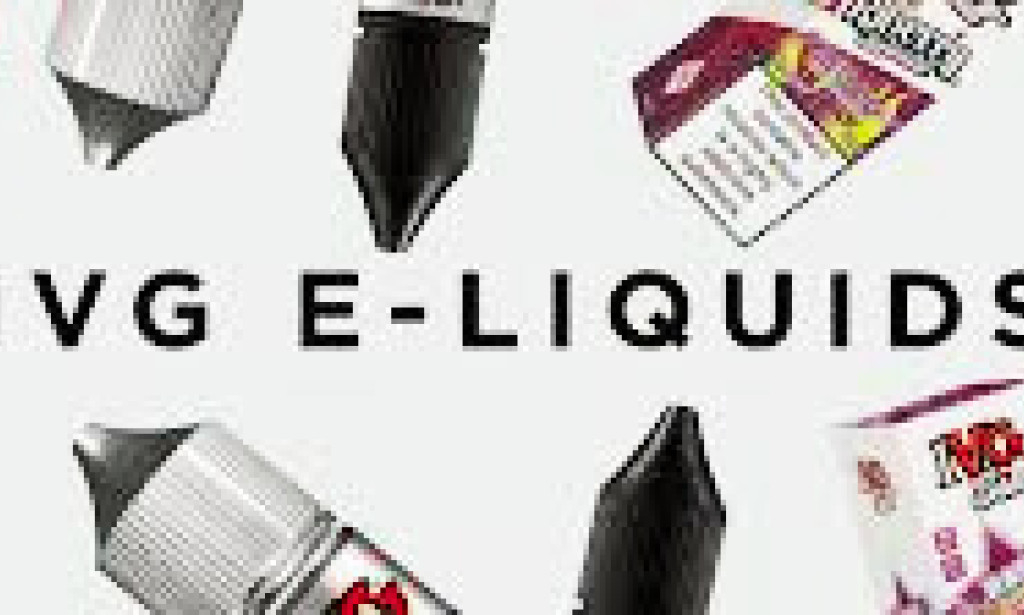E-liquids are the essential part of your vaping experience, that can both make or break it. E-liquids are available in a variety of types like nic salts, free-base, short-fills, and a variety of nicotine strengths and PG and VG levels. One of the things that distinguishes one e-liquid from another is its flavour. There are a lot of nuances and complexities involved in attaining a particular flavour, and no two similar flavours would actually taste the same i.e. two strawberry-flavoured e-liquids from different brands would have different tastes.
E-liquids are composed of four major ingredients namely, PG, VG, nicotine and flavour concentrates. These concentrates are food and commercial-grade and contain harmless ingredients that are safe to be ingested by humans. Nearly all flavours were originally made for candies and the likes. But since vaping hit the charts, a lot of companies started making flavours specifically designed for vaping. Some companies also contract other companies to make flavours for them. but by large, the flavours of vaping are edible and safe to be ingested by humans.
The combination of PG, VG, nicotine and flavour concentrates is what gives you commercial e-liquids. These days a lot of DIY-ers in countries where flavoured e-liquids are banned have been making their own e-liquid by putting together every ingredient under the right ratio. In this blog, we will discuss what flavour concentrates are and how can you use them.
What Are E-Liquid Concentrates?
E-liquid or flavour concentrates are the e-liquid flavourings that are diluted in PG. Vape flavours use PG and VG as carriers and solvents and do not contain oil or sugar in them. Most diluted flavours in food use the same artificial PG-based flavour (fireball whiskey for example) alcohol helps contain the artificial extract. PG helps carry the flavour together and distribute it through VG.
Since e-liquid concentrates do not contain nicotine, they don’t fall under the same compliances by TPD for nicotine products and they can be sold in larger bottles of the size more than 30ml.
E-liquid concentrates do not contain oil or sugar. But a few illegal/ black market e-liquids have been known to have the presence of such ingredients. Following is the list of items that cannot be used as flavourings in e-liquids due to hazardous effects and health concerns.
- Citric acid
- Cocoa butter
- Sucralose
- Peppermint oil
- Fructose
- Corn syrup
- Molasses
- Acetaldehyde/ diacetyl
- Caramel colour
Are E-Liquid Concentrates the Same as Those Used in Food and Beverages?
Anytime you see artificial or natural flavour written over an item, it’s mostly the same flavouring used in vaping-related products. But that doesn’t mean you can use the same food flavourings and extracts you buy at grocery stores in order to make your own e-liquid. The extracts and flavourings found in grocery stores are extremely diluted and have other ingredients added to them, in order to preserve them. whereas, the flavourings used in e-liquids are far more concentrated and commercial-grade flavourings.
The difference is that it's commercial grade and just pure concentrated e-liquid flavouring, not the super diluted stuff you find at grocery stores for people to use in smaller quantities for much smaller cooking projects. i.e., 1 tsp of strawberry flavouring for making 1-2lb of candy vs 1 tsp of commercial grade strawberry flavouring for making 50 lb of candy.
Can Flavour Concentrate Be Prepared at Home?
Technically, the flavour concentrates that you use in e-liquids are water soluble and PG and VG are the solvents (they are in the alcohol group and used as solvents in other applications). However, it is difficult to find the said food-grade and water-based aroma compounds. Typical food flavourings in the baking aisle of convenience stores and supermarkets tend to be oil-based. and using oil-based flavourings can be hazardous for health. Because the vapour that gets produced by e-liquid gets absorbed in the lungs and using oil-based e-liquid could result in health complexities.
Therefore, it is not safe to produce flavour concentrates at home, and these concentrates should only be produced in a temperature-controlled lab by licensed chemists or professionals.
How to Know If Your E-Liquid Is Oil-Based or Water-Based?
The ingredients of e-liquids are usually listed on the pack. But in case, the list seems vague or there isn't one written over the pack, then you can put a drop on your fingers and rub them together. Oil-based will have that distinctive oil feel and will be hard to get off. As a rule of thumb though, all flavours are water-soluble (either PG, VG, or ethanol) and will be labelled as “water-insoluble” or “oil-based” if they are not. But for the most part, 90% of the flavours you will come across are dissolved in PG. Only some of the more organic flavours will be in ethanol
Final Note
Although commercially produced e-liquid concentrates are safe, if they are sold by a reliable vendor, one must avoid mixing or making their own flavour concentrates. There are a lot of complexities involved in the process, and keeping track of the list of ingredients that must be avoided is another mammoth task. You can always buy from trusted brands instead of producing your own, if possible. If not, stick with safe ingredients, but do it only if it is your last resort or when you gather more experience making juices.



You must be logged in to post a comment.